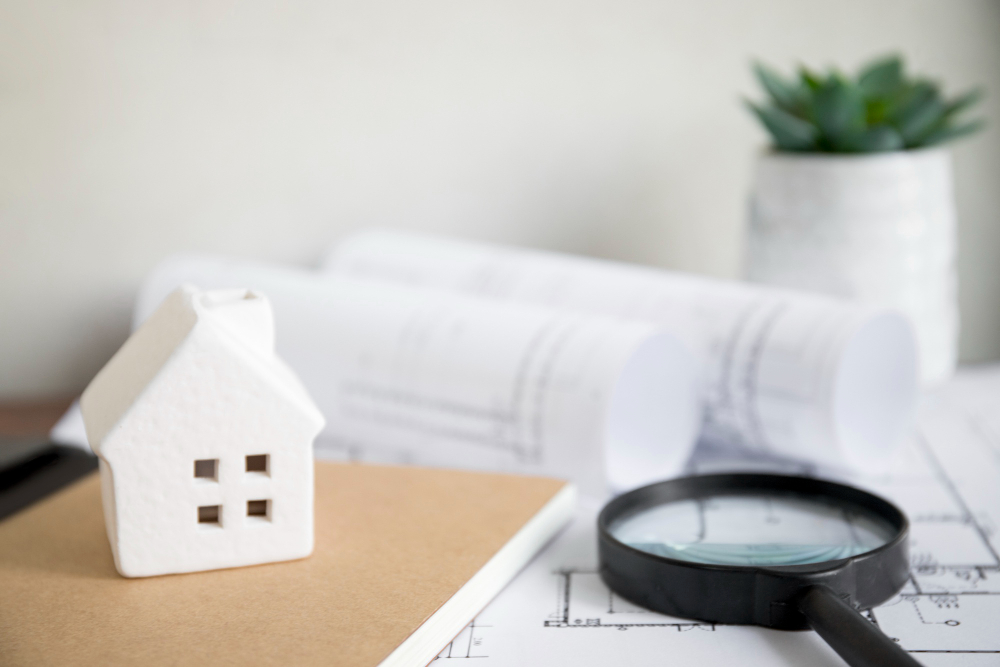 (888) 979-7969
(888) 979-7969
 (888) 979-7969
(888) 979-7969

Understanding the process of handling claims and insurance settlements can sometimes be overwhelming. As a property owner or manager, you may have come across the term “reinspection settlements” during claims settlement negotiations. It is important to have a good understanding of this process as it could determine the outcome of your claim.
In this blog post, we will take a closer look at reinspection settlements, what they are, why they are necessary, and how they work. Let us dive in!
The term reinspection settlement refers to a situation where the insurance company assigns a new adjuster to evaluate the damages of the loss. The new adjuster will re-inspect the loss, taking new photos and measurements of the damages, and then give their own estimate of the cost of repairs.
Reinspection settlements are necessary when there is a disagreement between the parties involved in an insurance settlement. In situations where your insurance company or adjuster offer an estimate that is lower than what you believe is the fair value of the damages, you can request a reinspection.
Insurance companies usually have their own independent adjusters who evaluate the damages and provide an estimate for coverage. Sometimes, there could be discrepancies between the report of the insurance adjuster and the actual damage done. This is where reinspection settlements become necessary.
Reinspection settlements provide a chance for an independent adjuster to provide an unbiased perspective on the damages. This typically leads to a more accurate estimate of the cost of repairs, as the new estimate will take into account all damages done. It is important to mention that reinspection settlements are only necessary in situations when there are disputes over the estimate of the cost of damages.
The reinspection process involves requesting a new independent adjuster to re-evaluate the damages. Once this is done, a new estimate will be provided for the cost of repairs. The new cost estimate will be compared to the previous estimate to determine if there is a substantial difference.
If the new estimate still falls short of your expectations or is lower than what you believe will cover the cost of repairs, you can appeal for a reinspection. This is usually done by providing additional evidence to the insurance company or hiring a public adjuster on your behalf.
Reinspection settlements are a valuable part of the claims process when there are disagreements between an insurance company and a policyholder. By providing a platform for independent adjusters to evaluate the damages of the claim, reinspection settlements help to provide unbiased perspectives on the cost of repairs. If you’re looking for an insurance loss adjuster in Orlando, FL, contact Ultra Property Damage today for a free consultation to help you navigate through your claims process.